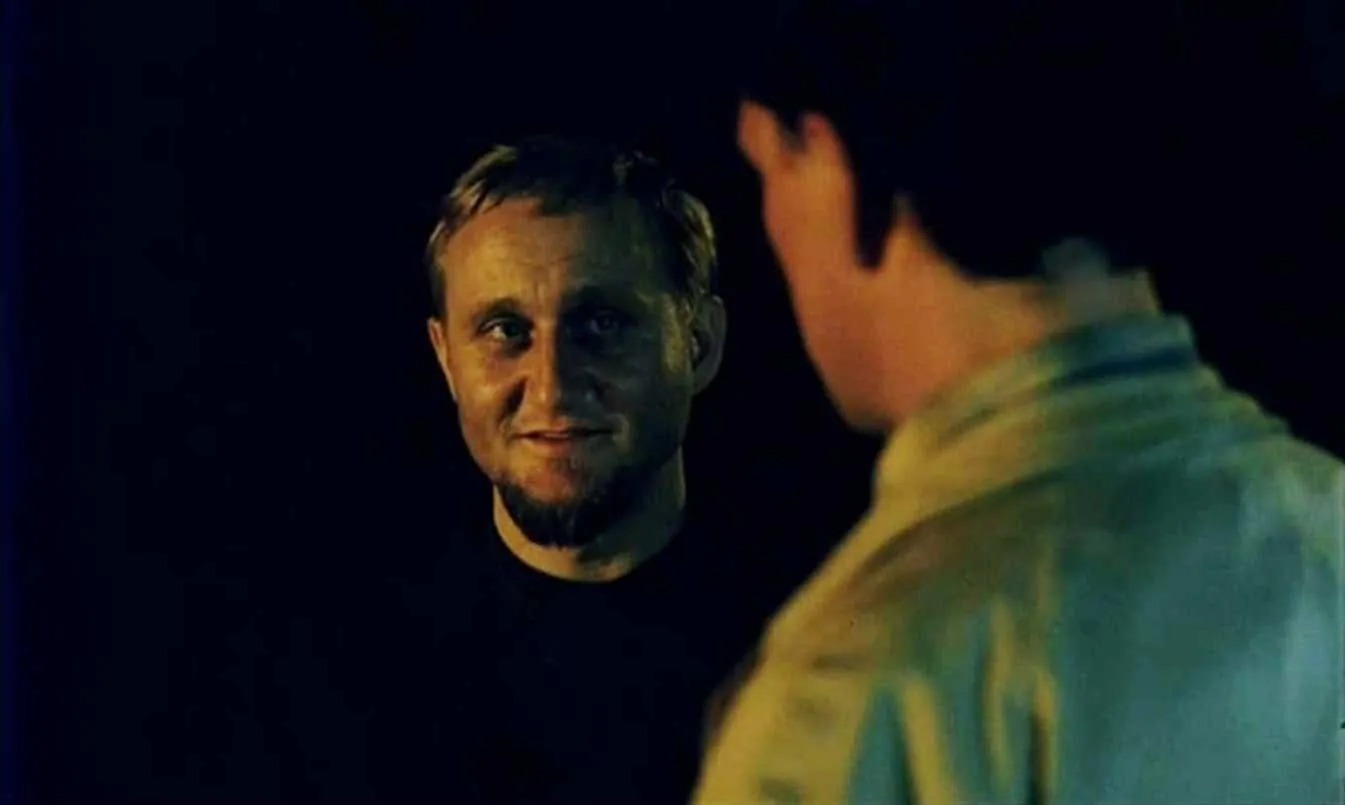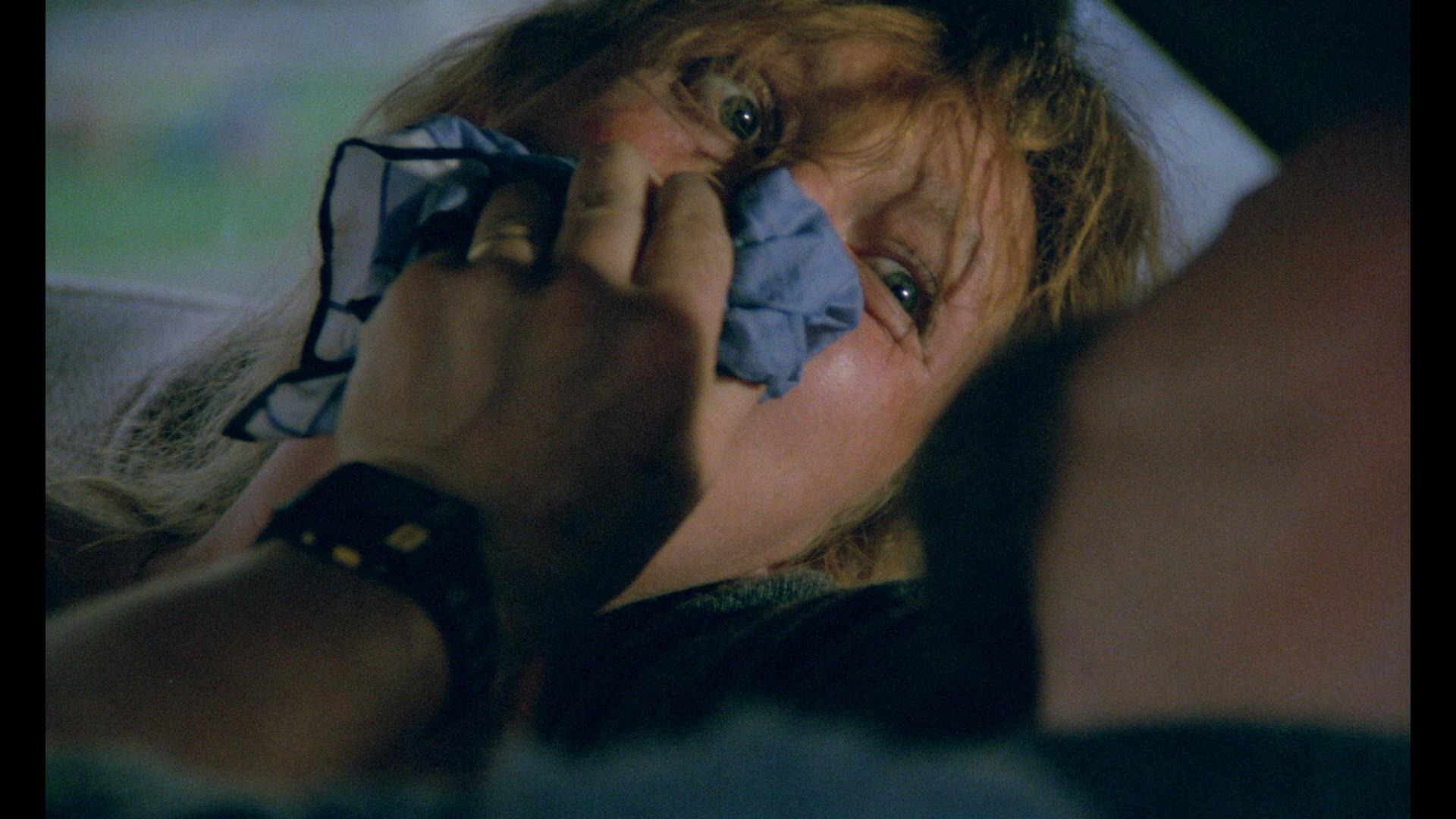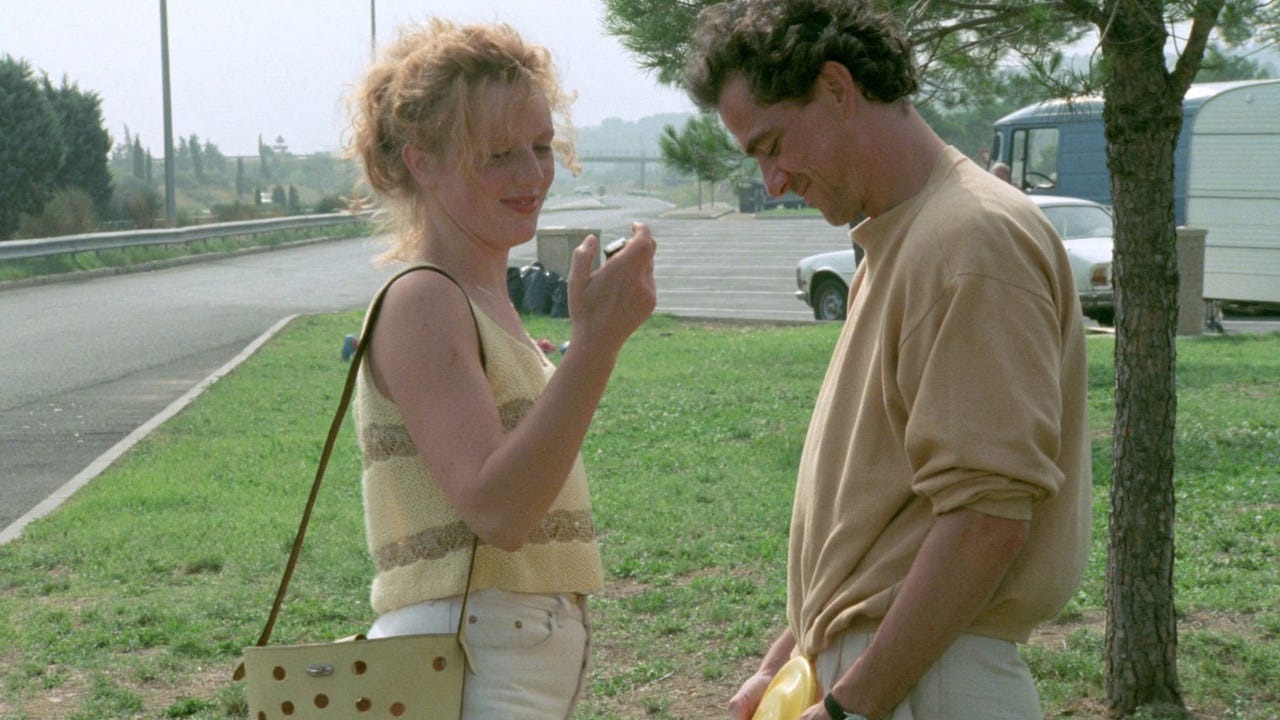The movie begins with Rex and Saskia on a peaceful vacation in France, but things quickly take a strange turn. They stop at a tunnel, and while there, Saskia talks about a recurring dream where they’re trapped in a golden egg.
To add to the tension, Saskia starts to get jittery about being left alone, hinting at some kind of claustrophobia. Afterward, their car breaks down in the tunnel, prompting Rex to leave and get help, leaving Saskia in a state of distress.

When Rex returns, they continue their journey until they stop at a gas station. Here, Saskia makes Rex promise never to leave her again. They even bury two coins under a tree as a sign of their love and commitment. However, something seems off about Saskia.
She’s insecure, especially about the idea of Rex leaving her, and is deeply afraid of confined spaces, almost as if she knows that claustrophobia might eventually lead to her doom. Before long, tragedy strikes, and Saskia mysteriously disappears.
How Did Rex Meet Raymond?
For three agonizing years, Rex threw himself into finding Saskia. He filed a missing person’s report, plastered her face everywhere, and chased every lead, no matter how trivial. But each attempt led to dead ends and disappointment.
Exhausted and disheartened, Rex finally appeared on a TV show, pleading for any information about Saskia. Then, out of nowhere, a mysterious tipster named Raymond Lemorne contacted Rex. Raymond brought Rex back to the gas station where Saskia disappeared, and the situation began to take a dark turn.
Raymond, acting as the tipster, offered Rex a look into what Saskia had experienced that day by giving him a coffee laced with sleeping pills. Although Rex initially refused the drink, he eventually gave in to his desperation and took a sip.
The next thing Rex knew, he woke up in a nightmare—buried alive in a coffin. The movie ends on this horrifying note.
What Happened to Saskia at the Gas Station?
At the gas station, Rex and Saskia had a brief argument before she went into the shop to buy some drinks. After that, she never returned. Rex was left in a state of confusion, desperately searching for her, but it was as though she had simply vanished.
As the story progresses, it is revealed that Saskia had met a man named Raymond Lemorne at the gas station. He had offered her some change, but she declined and chose to get it from the counter instead. They later crossed paths again, and Saskia became intrigued by Raymond’s keychain.
He invited her to his car to show her a similar keychain, but that’s the last anyone saw of Saskia. Raymond’s plan took a sinister turn when he pretended to find a keychain in his car, only to pull out a handkerchief soaked in chloroform.
He coaxed Saskia into the car, and despite her initial doubts, she was eventually lulled into a false sense of security by Raymond’s family photos. Saskia let her guard down, got in the car, and was knocked unconscious by Raymond.
This chilling turn of events highlights how easily someone like Raymond, a sociopath, can manipulate even the most cautious individuals into trusting him. Raymond Lemorne’s sociopathic behavior dates back to his childhood. As a quiet boy, he harbored dangerous desires that he eventually acted upon.
While other kids fantasized about risky adventures, Raymond carried them out, from jumping off balconies to kidnapping people just for the thrill. Over time, he honed his abduction methods, perfecting his twisted desires. Raymond was one of those people born with a dark side, waiting to break free.
The Vanishing (1988) Movie Ending Explained
Raymond Lemorne didn’t just start acting out his disturbing impulses as an adult—he had been doing so since childhood.
While most people would dismiss such dangerous thoughts, Raymond acted on them. He boasted about his past to Rex during a car ride, bragging about jumping off balconies as a child, while other kids merely dreamed of such actions.
He even talked about rescuing a girl from drowning and receiving praise from her family. Raymond always saw himself as superior to others, and in an attempt to prove it, he began abducting women and burying them alive as his twisted way of asserting control.
Raymond had spent years perfecting his disturbing hobby of abducting women. He carefully tested everything—from the effects of chloroform to timing his drive to his chosen locations. Shockingly, he even used his daughter to practice these sickening tactics.
During their ride, Rex couldn’t help but ask Raymond whether he had killed or assaulted Saskia.
Raymond responded by explaining that he didn’t find killing to be the ultimate satisfaction; instead, he believed that burying people alive and suffocating them in claustrophobic conditions was the ultimate form of torment.
The Vanishing (1988) Movie Themes Analysed
The Vanishing is a chilling psychological thriller that looks at themes of obsession and fear. The movie, directed by George Sluizer, tells the haunting tale of abduction and murder. Rex, the protagonist, becomes obsessed with finding out what happened to his girlfriend, Saskia.

His guilt over her disappearance consumes him, driving him to extreme lengths that alienate him from those around him. This obsession illustrates how doubt and guilt can twist one’s mind, leading them to irrational paths even when they aren’t responsible for the tragedy.
The film also delves into the fear of losing control. Rex’s relentless search for the truth puts him in increasingly perilous situations, highlighting his struggle with powerlessness. Raymond Lemorne, the antagonist, embodies a man who fears losing control.
At first, he appears to be a regular guy, but his dark nature is revealed as the story progresses. Raymond believes that he has some sort of superior power, which is why he kidnaps women and tortures them.
Initially, he targeted locals, but as his hunger for control grew, he started abducting foreigners, going to extreme lengths to dominate them.
Additionally, the film touches on the themes of terror and the fragility of life. Saskia’s disappearance shakes Rex to his core, creating a gnawing guilt that destroys his peace and damages his relationships. His obsession with uncovering the truth eats away at him, making him lose touch with his humanity.
The film paints a dark picture of a world where human goodness is deteriorating. Raymond’s actions have far-reaching consequences, especially for Rex. As the story plays out, Rex begins to have the same nightmares as Saskia, symbolizing the horror she endured.
Despite his innocence, Rex falls into Raymond’s trap, just as Saskia did.



